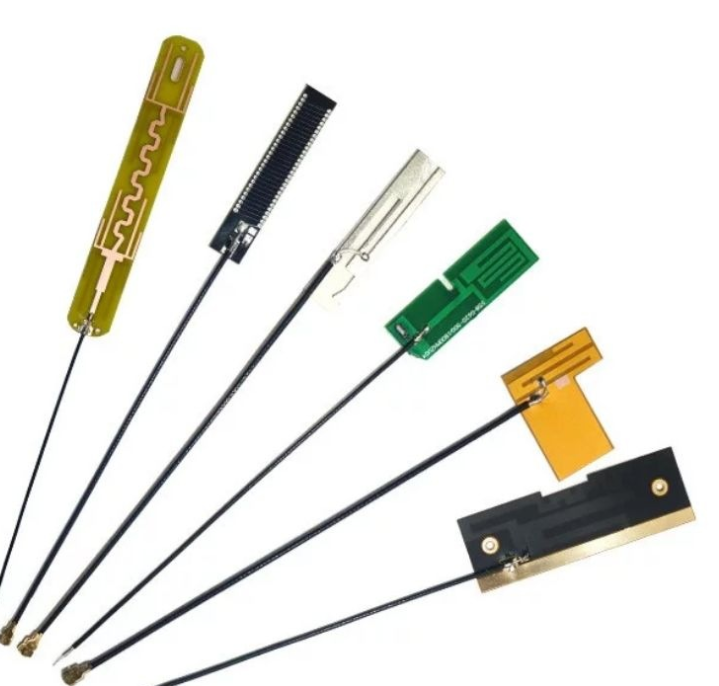Basic knowledge of antennas
Antenna Fundamentals

1.1 Role and status
The RF signal power output by the radio transmitter is transmitted through a feeder (cable) and radiated out in the form of electromagnetic waves. When the electromagnetic wave arrives at the receiving place, it will be sent to the radio receiver through the feeder (receiving only a small part of the power). It can be seen that it is an important radio device for transmitting and receiving electromagnetic waves, without which there would be no radio communication.
There are a wide variety of products available for different frequencies, purposes, occasions, requirements, and other situations.
For many varieties, appropriate classification is necessary:
Classified by purpose, it can be divided into communication, television, radar, etc; Classified by working frequency band, it can be divided into short wave, ultra short wave, microwave, etc; According to directional classification, it can be divided into omnidirectional, directional, etc; Classified by appearance, it can be divided into linear, planar, etc; Wait for classification.
1.2 Symmetric oscillator
Symmetric oscillators are a classic and widely used type. A single half wave symmetric oscillator can be simply used independently or as a feed for a parabolic surface, or multiple half wave symmetric oscillators can be used to form an array.
A oscillator with equal arms in length is called a symmetric oscillator. A half wave symmetric oscillator is a oscillator with a length of one quarter wavelength and a total length of one half wavelength per arm.
In addition, there is another type of heteromorphic half wave symmetric oscillator, which can be seen as folding the full wave symmetric oscillator into a narrow rectangular box and overlapping the two endpoints of the full wave symmetric oscillator. This narrow rectangular box is called a reduced oscillator. Note that the length of the reduced oscillator is also half of the wavelength, so it is called a half wave reduced oscillator.
directional
One of the basic functions of emission is to radiate the energy obtained from the feeder into the surrounding space, and the second basic function is to
Radiate energy in the desired direction. The vertically placed half wave symmetric oscillator has a flattened "bread circle" shaped three-dimensional pattern. Although a three-dimensional directional map has a strong sense of stereoscopy, it is difficult to draw. A planar directional map describes the directionality on a specified plane. The radiation in the axis direction of the oscillator is zero, and the maximum radiation direction is in the horizontal plane; And the radiation in all directions on the horizontal plane is equally large.
Directional enhancement
Several symmetrical oscillator arrays can control radiation, generate "flat doughnuts", and further concentrate the signal in the horizontal direction.





